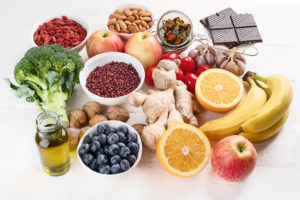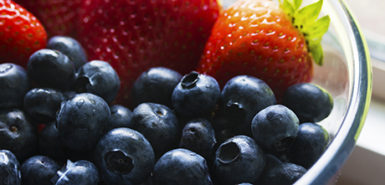
Foods high in antioxidants—like kale, broccoli and blueberries—could be your ticket to better health as long as you don’t cook the nutrition out of them.
Some like it hot, but not the delicate pigments that give antioxidant-rich veggies their rich colors and health benefits.
Choose cooking methods that provide gentle, quick or low heat.
For instance, quickly sauteeing vegetables with olive oil for five to eight minutes over medium-high heat will cook them through without destroying all the nutrients.
Another option is light roasting at 400 degrees for less than 10 minutes. Gentle baking for less than 30 minutes at 350 degrees will also do the trick.
Blending is a fast, no-cook trick that makes these nutrients easier for your body to absorb. Try blending berries, yogurt and a few ice cubes with greens, such as kale and spinach, for a double antioxidant hit for breakfast.
For foods with water-soluble nutrients, such as vitamin C, cook with the least amount of water possible. Put just one inch of water in a stockpot, then bring to a boil, add your sliced veggies and cover. Steam three to four minutes until tender-crisp, then serve.
Remember that you don’t have to sacrifice flavor to preserve nutrients. This kale recipe is a tasty example.
Parmesan Kale
- 2 teaspoons canola or grapeseed oil
- 5 ounces chopped kale (about 3 cups)
- 1 garlic clove, thinly sliced
- 1/4 teaspoon salt
- 1/4 cup grated Parmesan cheese
Heat a large skillet over high heat and add the oil, kale, garlic and salt. Cook, turning occasionally, until the kale becomes soft, about three minutes. Turn heat to low and sprinkle with the cheese. Turn off the heat and let sit for one minute so cheese melts, then serve.
Yield: 2 servings
 /a>
/a>
 /a>
/a>
 /a>
/a>